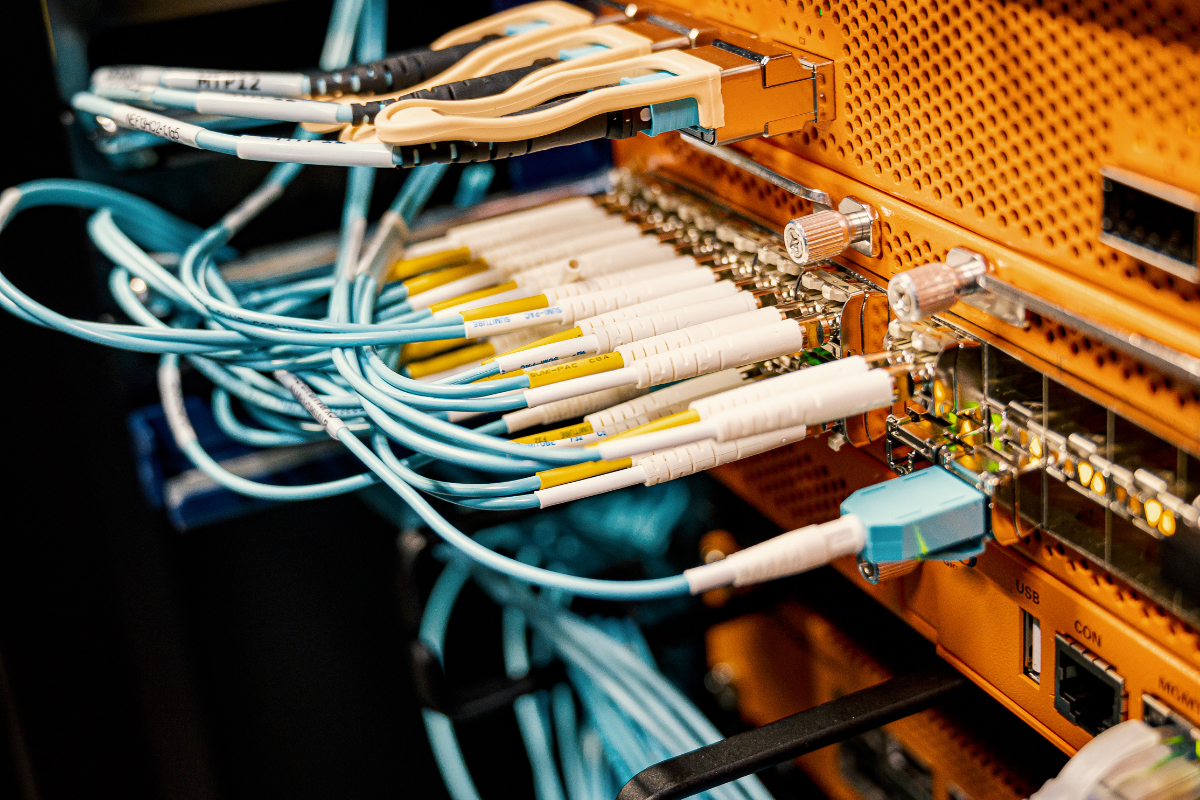In today’s outcomes-oriented, results-driven business world, communication is important—and the infrastructure that enables communication technology must be efficient and high-functioning. And this is where structured cabling plays a key role in business operations.
According to the Fiber Optic Association, “Structured cabling is the standardized architecture and components for communications cabling specified by the EIA/TIA TR42 committee and used as a voluntary standard by manufacturers to ensure interoperability.”
Yes, that definition seems incredibly technical. So, in this blog, the structured cabling pros at Connectivity will break it down in easy-to-understand terms and explain why your business should use structured cabling.
What is Structured Cabling?
To keep it simple, the definition of structured cabling is this: building or campus telecommunications cabling infrastructure comprised of several standardized small elements.
Ultimately, a well-designed and installed structured cabling system has the ability to offer cabling infrastructure that provides a predictable and consistent performance while delivering flexibility to accommodate moves, additions, and changes. A high-quality structured cabling system boosts system availability, provides redundancy, and future proofs a building’s usability of the cabling system.
What Are the Benefits of Structured Cabling?
Structured cabling offers an organized approach to cabling infrastructure and provides a variety of benefits, including:
The potential for downtime is significantly reduced. Ultimately, the chance of human error is minimized when a structured cabling system is present and organized.
The ability to move, add, and change is much easier due to the reality that a Main Distribution Area (MDA) is present, which is the key aspect of structured cabling. Moves, adds, and changes can be done with short patch cords, as opposed to running long patch cords from equipment racks.
It saves time as cable and port tracing are easier with a structured cabling system. Furthermore, if troubleshooting is required, it is streamlined.
It also looks good. Let’s not forget that aesthetics are important. A structured cabling system looks clean and offers efficiency—on top of this, it aids in technology management, which can also boost your employees’ productivity.
Structured Cabling Can Fulfill Your Business’s Potential
When your business makes the decision to invest in a high-quality and well-designed structured cabling system, you will gain the ability to go about daily operations with confidence that your network is reliable and that the risk of costly downtime is significantly minimized.
Structured cabling strengthens a company’s IT infrastructure, boosting the efficiency of telecommunications technology and offering a significant return on investment.
The team at Connectivity consults with businesses of all sizes and spanning all industries on effective structured cabling solutions—and we would love to do the same for your organization.
Reach out to us today and schedule an appointment. We welcome the opportunity to customize a structured cabling solution that helps your business meet its goals and objectives.

